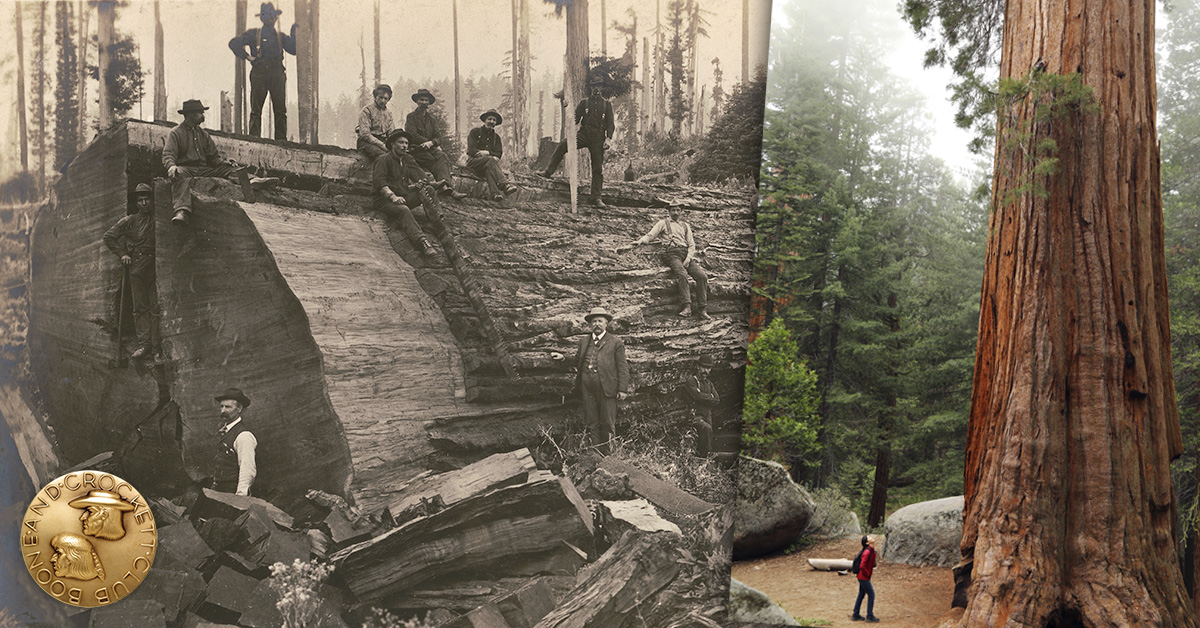
Lesson Overview and Context
In this lesson plan, students will be able to get a better understanding of how the cultural and historical landscape has changed over time in Humboldt County California. Students will be focusing on areas of Redwood National Park and Beyond by comparing and contrasting historical/present photos of the park. Visual Thinking Strategies (VTS) will be used to help students understand and critically think when they are analyzing a picture. This lesson will help them understand the past and present surroundings of their community and help them engage and connect with their peers through intellectual discussions.
This lesson is an example of how you might create a lesson using the work of a local park–or other nature-based location– in your region as well as a lesson you may use to understand the Redwood National Park’s past and present. This lesson was originally designed for upper elementary school aged students (and above).
Related California Standards
- CC.9-10.W.HST.2.a Text Types and Purposes: Introduce a topic and organize ideas, concepts, and information to make important connections and distinctions; include formatting (e.g., headings), graphics (e.g., figures, tables), and multimedia when useful to aiding comprehension.
- CC.9-10.SL.1 Comprehension and Collaboration: Initiate and participate effectively in a range of collaborative discussions (one-on-one, in groups, and teacher-led) with diverse partners on grades 9–10 topics, texts, and issues, building on others’ ideas and expressing their own clearly and persuasively.
Learning Objectives
Students will be able to use visual thinking strategies to analyze and interpret information through images and academic discussions.
Assessment
Students will be assessed on their learning objectives through journal writings and academic discussions based on a score by rubric (see below).
Resources
- Redwood National Park_ Past and Present Responses (PDF)
- Rubric (Google Doc link)
- Website: Redwood Parks Beyond: Then and Now

Step-by-Step Instructional Plan
1. Teacher will start the lesson off by posting the 1st image for the whole class to see and ask students to answer the questions “What do you see?”. Each student will have about 5 mins to formulate their response.
2. Teacher will continue asking the same question for images 2-4 and give students 5 mins for each image to formulate a response.
3. After the students have completed their responses, the teacher will then lead the students in a discussion about each image and ask the following questions
- “What is going on in this picture?”
- “What do you see that makes you say that?”
- “What more can we find?”
- Students will have opportunities to share their responses and build off their peers’ ideas and add to the discussion.
4. Teachers can write down certain questions and responses to see if there are any themes within the pictures.
5. Teacher will then assess verbal and written responses using the rubric to see if students obtained VTS strategies.
Next Steps
Teachers can do this exercise daily to help students develop more VTS strategies through reparations.
Extensions and/or Enrichment
Teachers could have students create a story from the images that they see.
Related Resources
- Visual Thinking Strategies
- Visible Thinking Routines, Inspiring Inquiry



